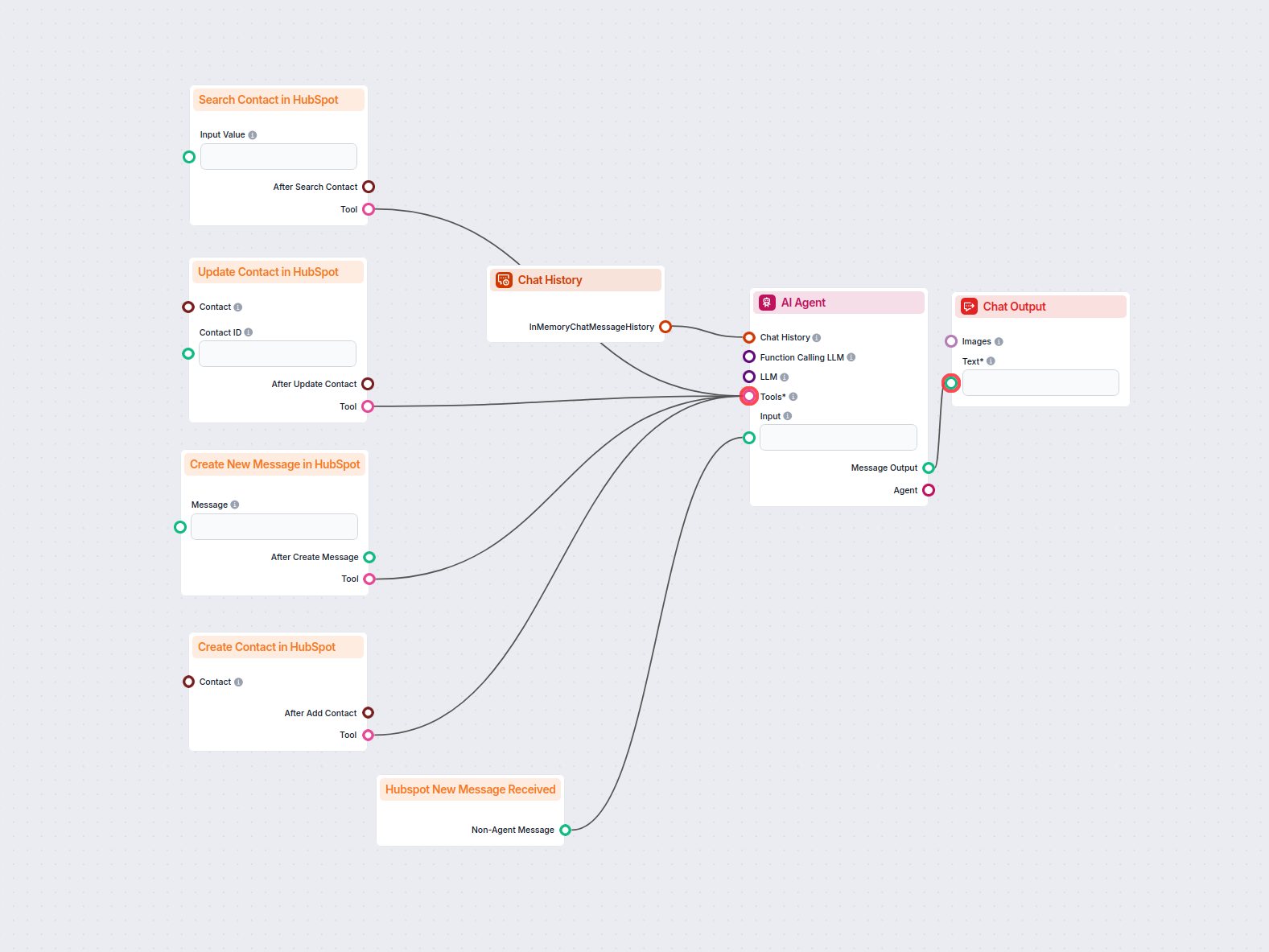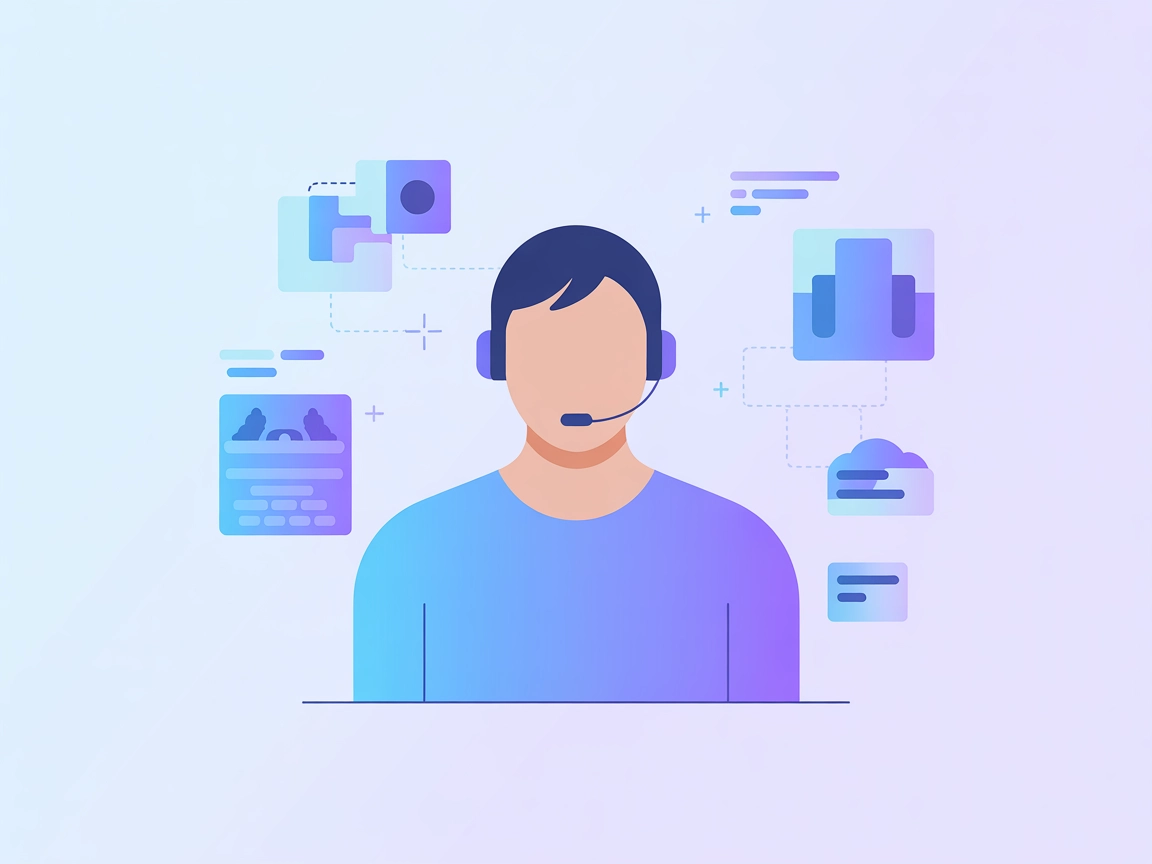Chatbot
Chatbots simulate human conversation using AI and NLP, enabling seamless digital interactions, round-the-clock support, and enhanced customer experiences.
Chatbots have become an integral part of our digital lives, offering a seamless way to interact with technology. Whether you’re asking for customer support on a website or ordering a coffee via voice command, chatbots are the unseen helpers facilitating these interactions. But what exactly is a chatbot, and how does it work? This comprehensive guide will answer these questions and more.
Flowhunt can help you to build your own chatbot. Get in touch with us and we will help you to build your chatbot. Our technology can understand needs of your visitors, offer discounts, or even connect visitor with real live agent.
What is a Chatbot?
At its core, a chatbot is a computer program designed to simulate human conversation. Using either written or spoken language, chatbots allow users to interact with digital devices as if they were communicating with a real person. Chatbots can range from simple programs providing single-line responses to complex systems capable of evolving and personalizing interactions based on user data.
Key Definitions
- Chatbot: A software application that engages in human-like conversation, either through text or voice.
- Conversational AI: The technology that powers chatbots, enabling them to understand and respond to human language.
How Do Chatbots Work?
Chatbots operate through a combination of artificial intelligence (AI), natural language processing bridges human-computer interaction. Discover its key aspects, workings, and applications today!") (NLP), and machine learning algorithms. Here’s a simplified breakdown of their functionality:
- Input Analysis: The chatbot receives a user query and uses NLP to understand the context and intent.
- Response Generation: Based on the analyzed input, the chatbot formulates an appropriate response.
- Machine Learning: Over time, the chatbot improves its responses by learning from past interactions.
Types of Chatbots
Chatbots come in various forms, each designed for specific use cases:
- Rule-Based Chatbots: Operate on predefined rules and scripts. Ideal for simple queries and straightforward interactions.
- AI-Powered Chatbots: Utilize AI and machine learning to offer more complex and personalized responses.
- Hybrid Chatbots: Combine rule-based and AI-driven approaches to provide a balanced user experience.
Benefits of Using Chatbots
- 24/7 Availability: Unlike human agents, chatbots can operate around the clock.
- Cost-Effective: Reduces the need for extensive human support, lowering operational costs.
- Scalability: Easily handle multiple queries simultaneously, making them ideal for businesses of all sizes.
- Personalization: Advanced chatbots can offer personalized experiences by learning from user interactions.
Real-World Examples of Chatbots
- Customer Service: Many companies use chatbots to handle customer inquiries, complaints, and support requests.
- E-Commerce: Chatbots assist in product recommendations, order processing, and tracking.
- Healthcare: Some healthcare providers use chatbots for initial diagnosis and appointment scheduling.
- Finance: Financial institutions employ chatbots to offer account information, transaction details, and financial advice.
Challenges and Limitations
While chatbots offer numerous benefits, they are not without their limitations:
- Understanding Complex Queries: Even the most advanced chatbots can struggle with complex, ambiguous, or context-specific questions.
- User Trust: Some users may be hesitant to interact with chatbots, preferring human interaction.
- Maintenance and Updates: Regular updates are necessary to keep the chatbot functioning optimally and to improve its capabilities.
Frequently asked questions
- What is a chatbot?
A chatbot is a software application designed to simulate human-like conversation, either through text or voice, enabling users to interact with digital devices as if communicating with a real person.
- How do chatbots work?
Chatbots operate using artificial intelligence, natural language processing, and machine learning to analyze user input, generate responses, and improve over time through learning from interactions.
- What are the main benefits of using chatbots?
Chatbots provide 24/7 availability, cost-effective support, scalability for handling multiple queries, and the ability to personalize user experiences.
- What types of chatbots exist?
There are rule-based chatbots (using predefined scripts), AI-powered chatbots (using AI and machine learning), and hybrid chatbots that combine both approaches.
- In which industries are chatbots commonly used?
Chatbots are widely used in customer service, e-commerce, healthcare, and finance for tasks like handling inquiries, making recommendations, scheduling appointments, and providing account information.
Build Your Own AI Chatbot
Start building custom chatbots for your business with FlowHunt’s intuitive platform and enhance your customer experience.



